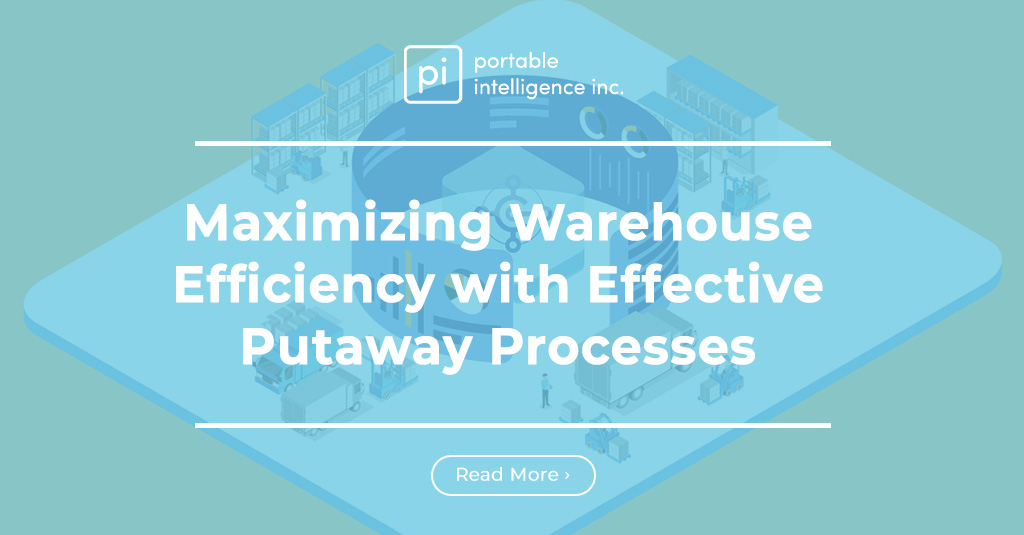In today’s blog article, we will delve into the crucial topic of labeling in the inbound goods process, covering both raw materials and goods for resale. Labels play a vital role in streamlining warehouse operations and ensuring accurate identification and traceability of products. By understanding the key components of a label and implementing effective labeling practices, you can optimize your inbound process and enhance overall efficiency.
The Anatomy of an Effective Label:
Let’s begin by examining the basic anatomy of a label. While label formats can vary across industries, a label should, at a minimum, include one or more of the following elements:
- Part Number: This identifies the specific part or product.
- Purchase Number: Typically referred to as the PO number, this allows for easy cross-referencing with purchase orders.
- Sales Order: Links the inbound goods to the corresponding sales order.
- Production Date: Indicates the date of manufacturing or production.
- Lot Number and/or Serial Number: Enables tracking and traceability of individual units or batches.
- Quantity: Specifies the quantity of the received goods.
- Unit of Measurement: Describes how the quantity is expressed, such as each, pieces, kilograms (kg), or pounds (lb).
Note: While this blog does not cover industry-specific label formats for automotive, retail, drug, food, electronics, and other sectors, the principles discussed here can be applied universally.
Making the Most of Inbound Labeling: 5 Key Rules:
To ensure efficient inbound labeling processes, consider the following guidelines:
- Support for Supplier’s Part Number:
If your part number schema differs from the manufacturer’s, collaborate with your systems group to create an alias table. This table cross-references the manufacturer’s part number with your internal part number. Alternatively, for large buyers like Wal-Mart, you may negotiate with suppliers to include your part number on the labels directly. - Barcode Font Compatibility:
Pay attention to two critical aspects: barcode symbology and the width of white and black lines on the barcode. The barcode symbology should be compatible with your barcoding equipment. Additionally, ensure the barcode dimensions align with your equipment’s scanning capabilities. As a general rule, a 10-15 mil barcode width allows for a 1-foot scanning distance. Mismatched symbologies or improperly sized barcodes can impede scanning efficiency. For example, European and Japanese suppliers may still use the EAN-13 barcode, which differs significantly from the UPC-A standard commonly used in North America. - Efficient Parsing of Barcodes:
Many times, essential information, such as the part number, is embedded within long barcodes, like the UCC label containing 42 characters. These barcodes encompass crucial data, including expiration dates, weights, part numbers, and manufacturing dates. Implement a simple programming exercise to extract the necessary data and populate the relevant fields. Ensure your scanning equipment consistently handles a variety of long barcodes, guaranteeing accurate data extraction. - Re-labeling Considerations:
Certain scenarios may require re-labeling. Reasons may include adding your own traceability data, performing quality assurance tests on incoming products, capturing weight information, or uncooperative suppliers. To minimize disruptions, consider using technologies like portable printers to reduce travel time. Additionally, leverage advance shipping notices (ASN) to print labels in advance based on the expected incoming goods. It is essential to have warehouse applications that support on-demand label printing during receiving activities, as this saves valuable operator time. When re-labeling, include only the necessary information, especially if the supplier’s label already contains extensive data. Also, remember to remove or label over the supplier’s label if it is no longer needed. - Establish a Labels Action Committee:
Designate a team, consisting of individuals from IT, operations, purchasing, and sales, to form a Labels Action Committee. This committee will drive the standardization of labeling practices within your facility. Project managers or IT personnel alone may not possess the necessary expertise or influence to comprehend the broad range of labels received and their impact on downstream processes. Given that inbound labels are often the same ones sent to your customers, a collaborative approach ensures a holistic understanding and implementation of effective labeling standards.
Inbound processes play a pivotal role in warehouse operations, and labeling incoming goods is a fundamental aspect of this crucial activity. By following these five steps, you can establish an efficient inbound labeling program, minimizing potential challenges and improving overall operational efficiency. Accurate labeling promotes traceability, enhances inventory management, and facilitates streamlined order fulfillment, ultimately contributing to your warehouse’s success.
We hope this article has provided valuable insights into optimizing your warehouse’s inbound labeling processes. Stay tuned for our next blog post, where we will explore additional strategies to enhance warehouse efficiency.





